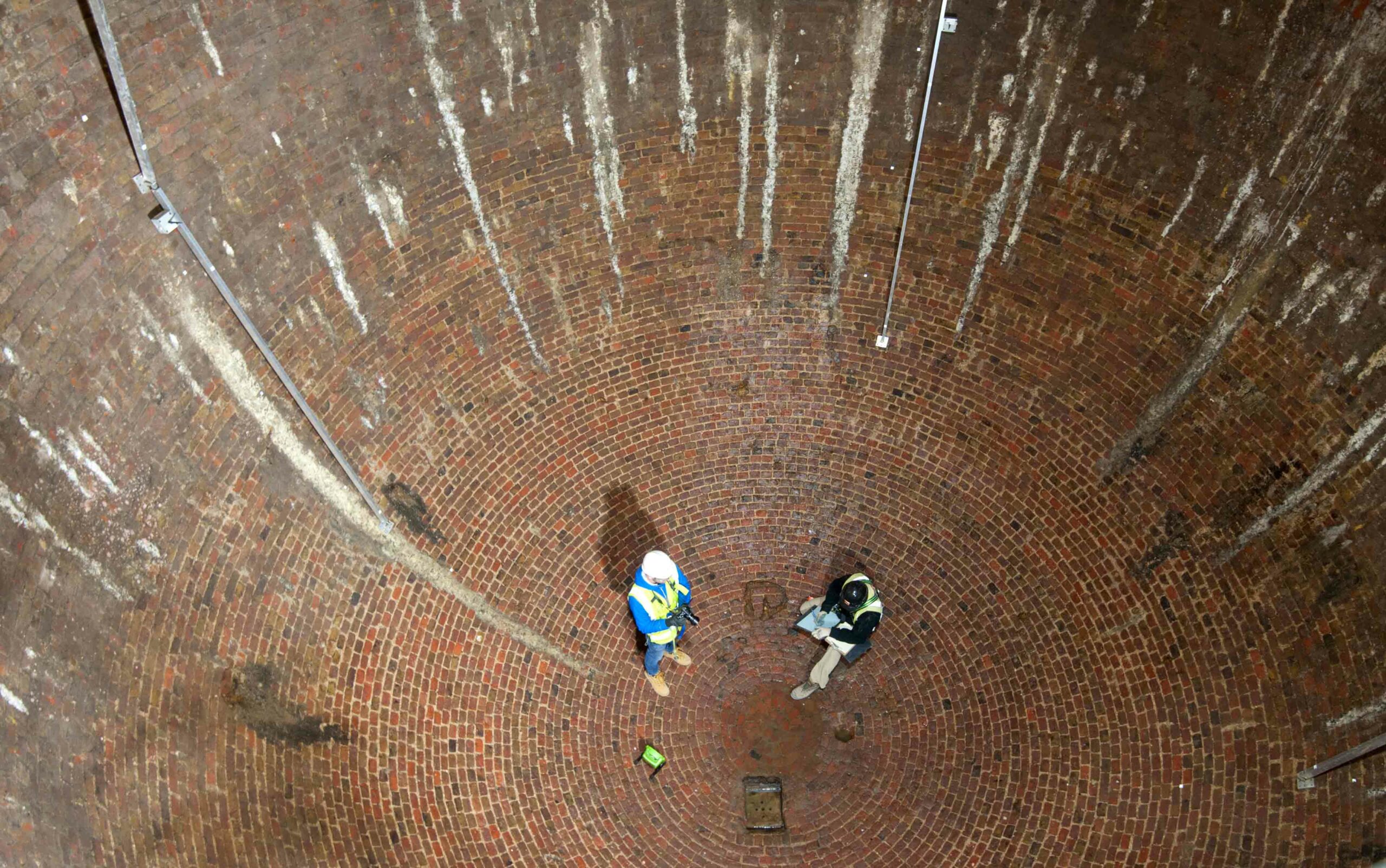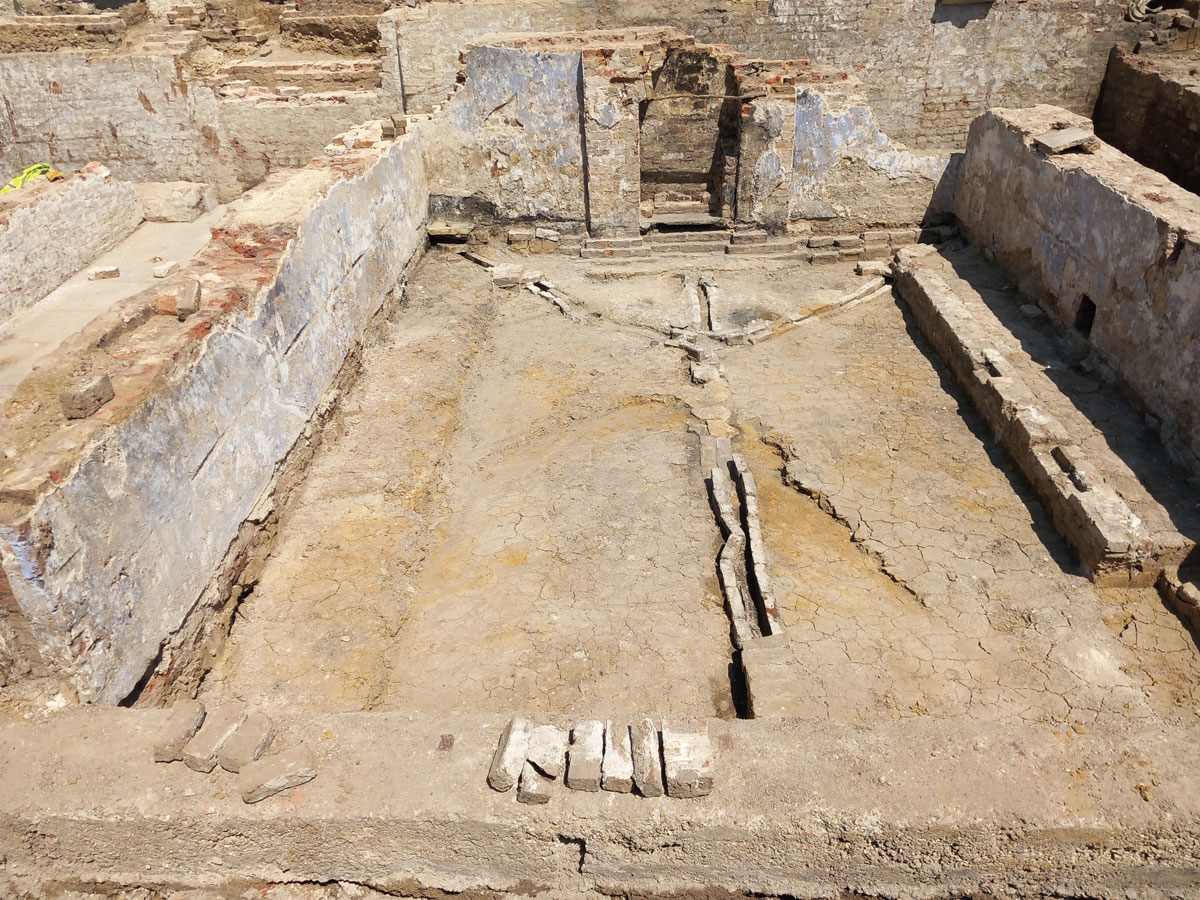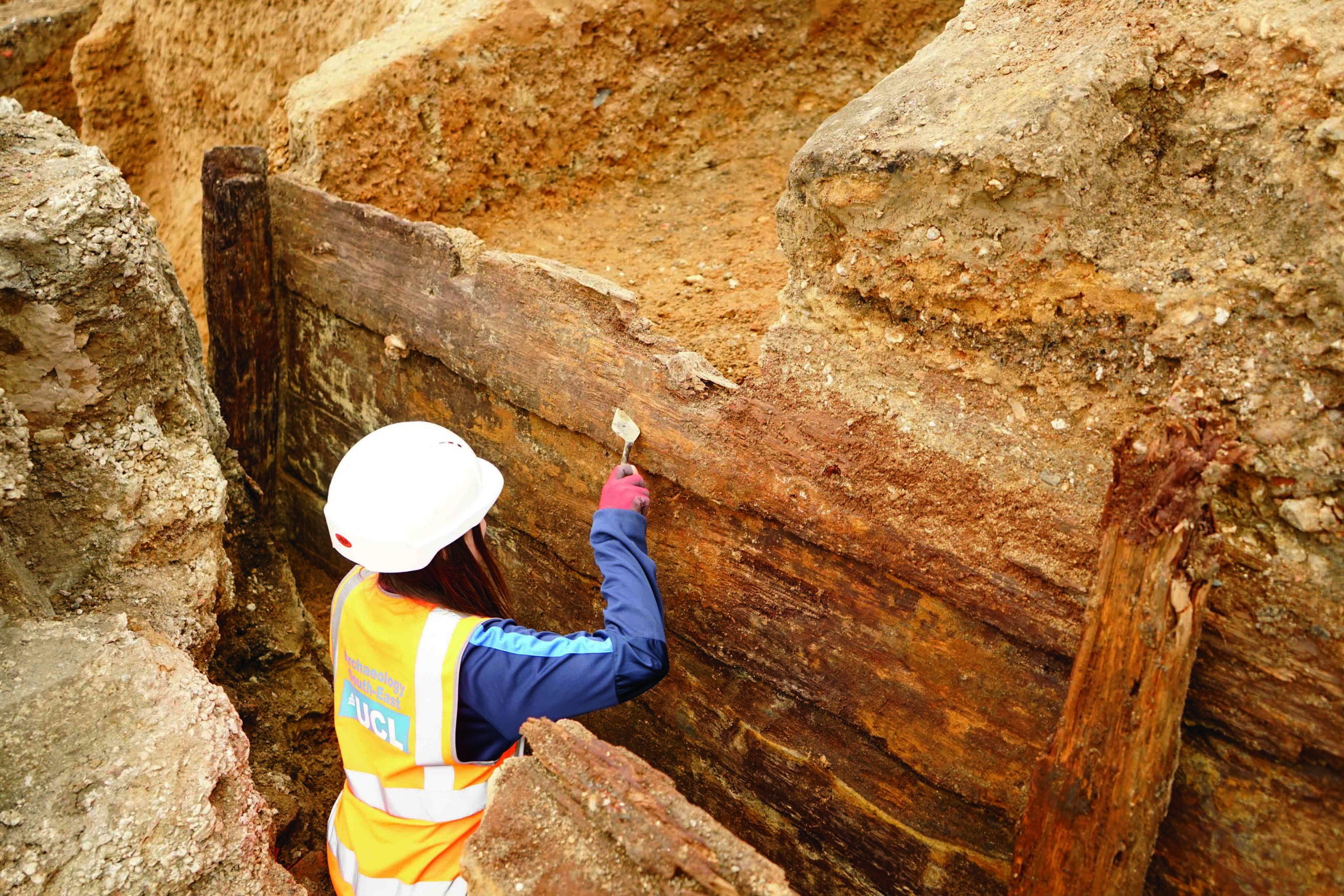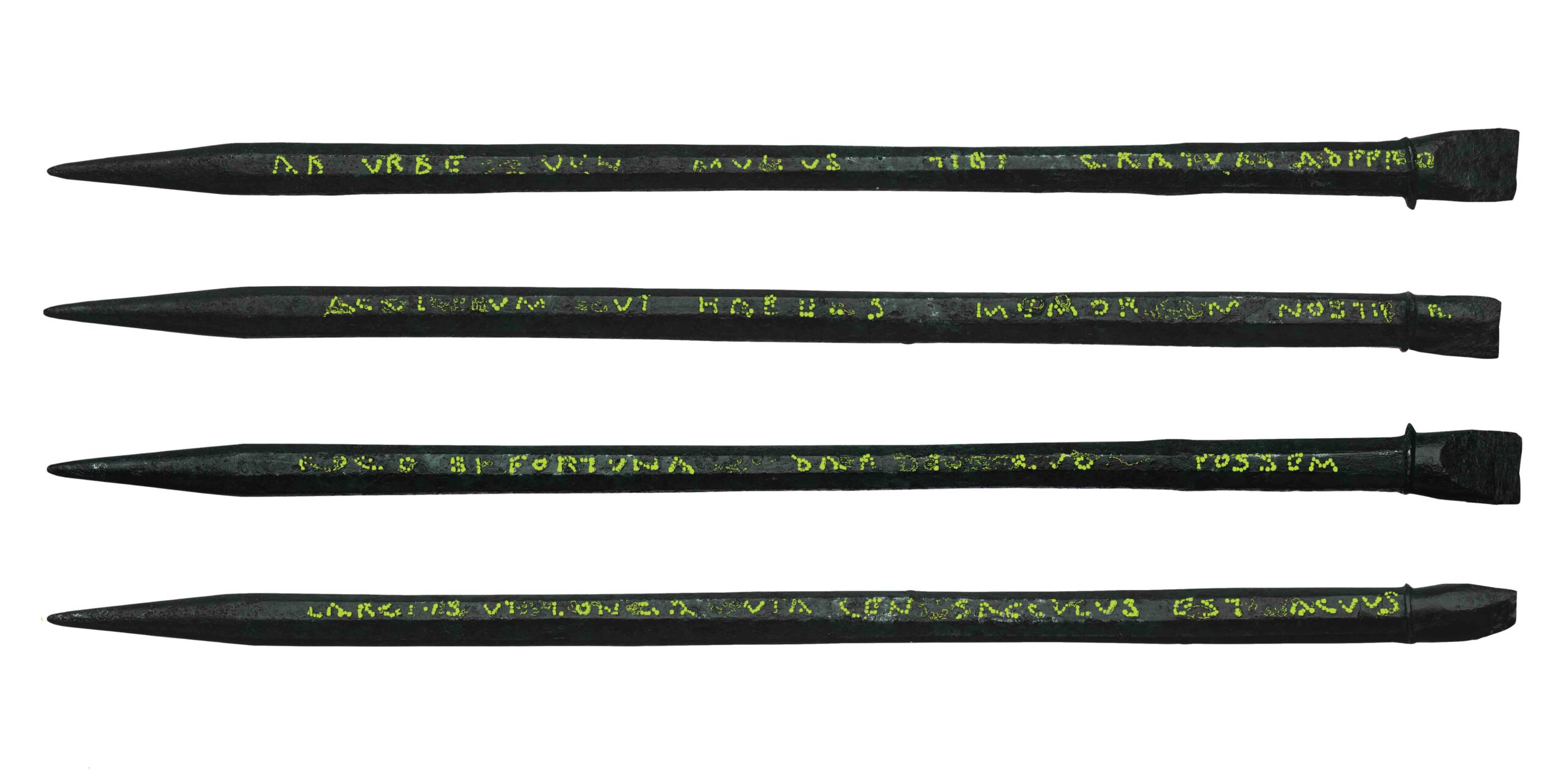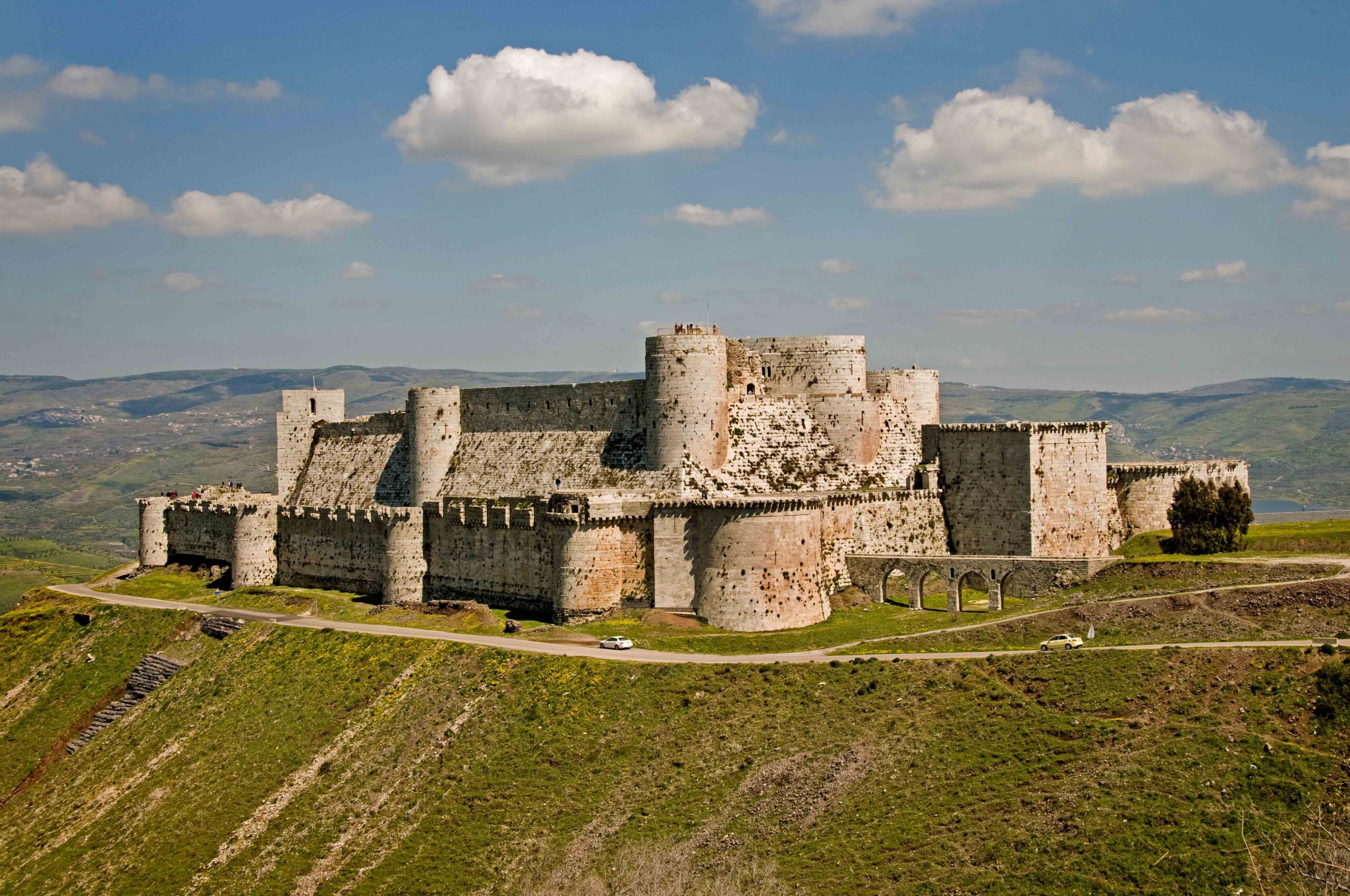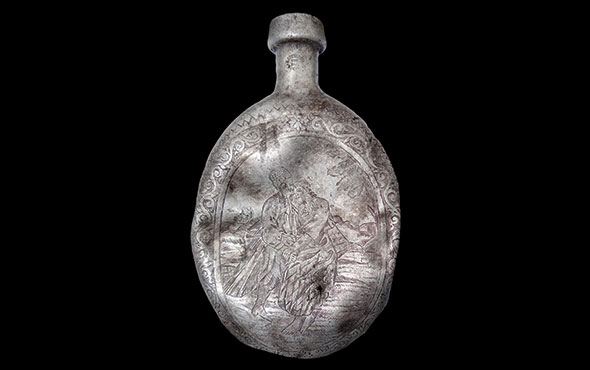
LONDON, ENGLAND—The Guardian reports that a late eighteenth-century commercial ice-storage facility has been found in central London, in what was a well to-do neighborhood near Regent’s Park. The egg-shaped structure, which was backfilled with rubble when a later stucco terrace on the site was destroyed during World War II, measures approximately 31 feet deep and 25 feet wide. Most ice wells in the city were much smaller than this one, according to David Sorapure of the Museum of London Archaeology (MOLA). “What this one does and why it is significant is it bridges the gap between [the time when] ice was only for the very wealthy, to a kind of mass availability of ice,” he explained. By the early nineteenth century, the ice house was filled with ice imported from Norway by an entrepreneur, who had it transported to the site on the newly constructed Regent’s canal. MOLA archaeologist Danny Harrison said workers would chip off blocks of ice for sale to restaurants, private homes, and perhaps even neighborhood dentists and doctors who used ice to numb their patients. For more on life in nineteenth-century London, go to “Haunt of the Resurrection Men.”


